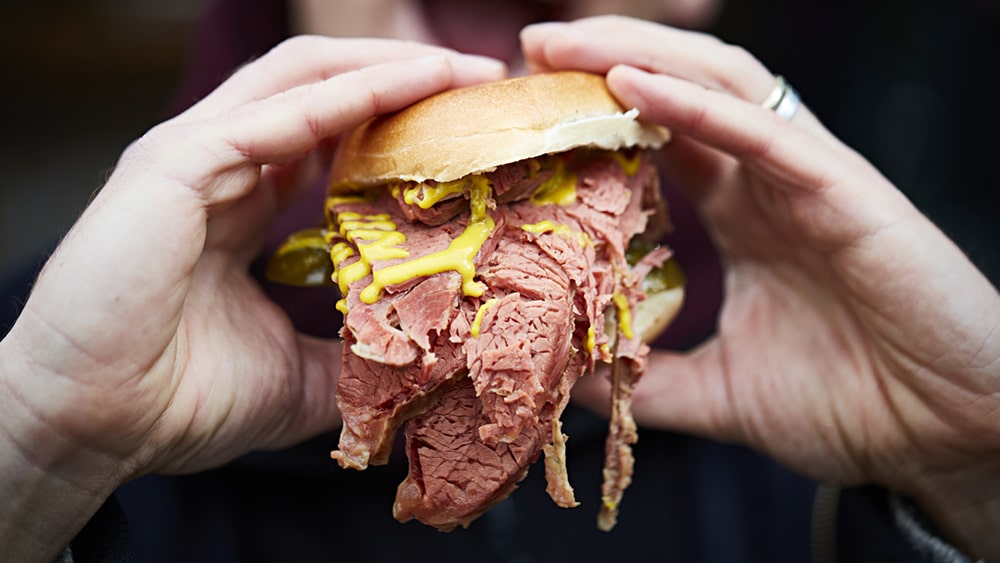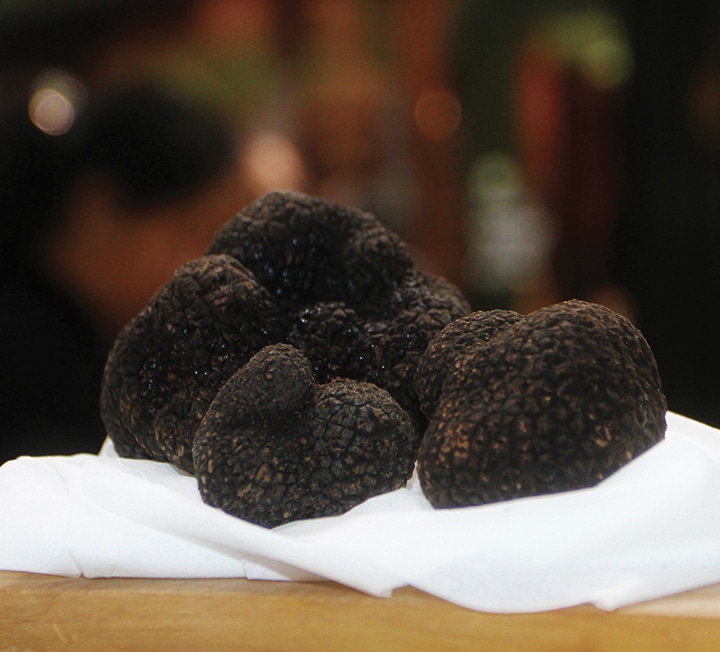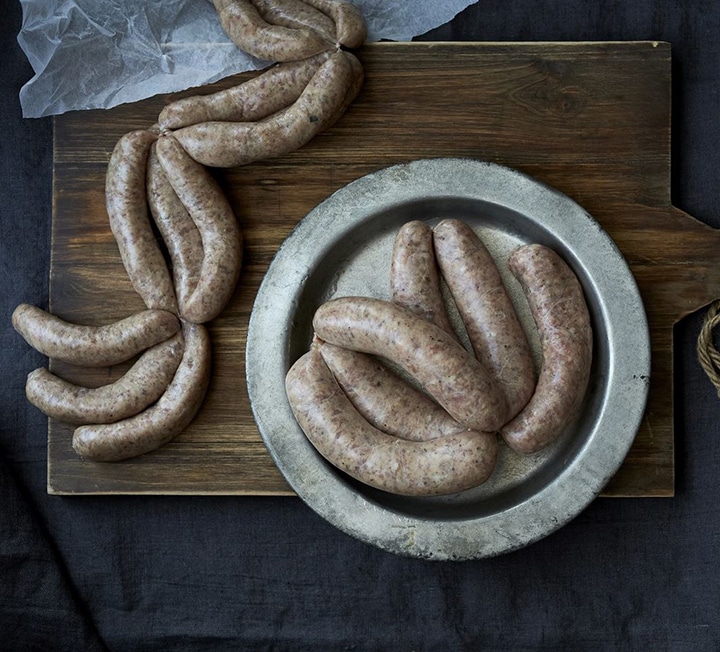What it takes: salt beef
Ivan and Andrew Lester of Nana Fanny’s on the traditional Jewish art of making salt beef


“JEWS COMING TO THIS COUNTRY FROM ALL OVER THE WORLD BROUGHT WITH THEM THEIR OWN STYLES AND TECHNIQUES”
Interview: Clare Finney
What are the origins of salt beef?
The use of salt to preserve meat has been around far, far longer than salt beef as we know it today, in many different cultures. Yet salting meat can also be a way of koshering meat, because it removes the blood. It wouldn’t necessarily meet the strict criteria applied to koshering today, but it did the job historically, so Jews coming to this country from all over the world brought with them their own styles and techniques.
Where does your own salt beef recipe originate from?
It came through the family. My family had a delicatessen in Brick Lane, and the salt beef was made at my grandmother’s place on Hanbury Street, then brought round and sold in the shop. I’ve always been into food – my parents worked hard, so I used to cook the family meal, even as a kid. That’s where I picked it up. The recipe we use today at Nana Fanny’s is exactly the same as it was back then, with the same old-fashioned techniques.
What techniques are they?
First there is the brining process: immersing the brisket into our special brine to allow the flavour to penetrate through the meat, then leaving it there for a couple of days at an ambient temperature, turning it over regularly for an even distribution of brine. From there it goes to our kitchen – a basic set up, with converted ham boilers that look a bit like kettles. They have tight fitting lids, so there’s a lot of pressure inside. We boil the brined brisket in these for about six hours, with vegetables, herbs and spices to enhance the flavour, during which time the fat turns into a natural gelatine, renders down and is caught within the pockets of meat, so it becomes buttery and juicy. It’s then left to stand for a week, before being delivered to the Market, where it sits for another week in the refrigerator, before being brought up to room temperature on the stall and served.
How long does this whole process take?
From start to finish? Roughly three weeks.
Where does your beef come from?
It’s Irish brisket. It’s always Irish brisket: in European briskets that have been imported, the fibres are too tight, don’t produce the loose flaky meat people associate with salt beef. The cows are free range, pasture reared, and the farmer who supplies us is really keen on putting systems into place to mitigate their impact on the environment. They’ve planted woodland, and they only use biofuels now.
Is it kosher?
Not officially. In order to be classed as kosher, there is an authoritative body that would have to come and inspect all of our premises and processes. We’d have to have someone standing there while we’re serving, to make sure that kosher rules are adhered to. It would be impossible. We never imply our meat is kosher, though. And besides, our reuben sandwiches contain cheese, and that breaks all the rules!


